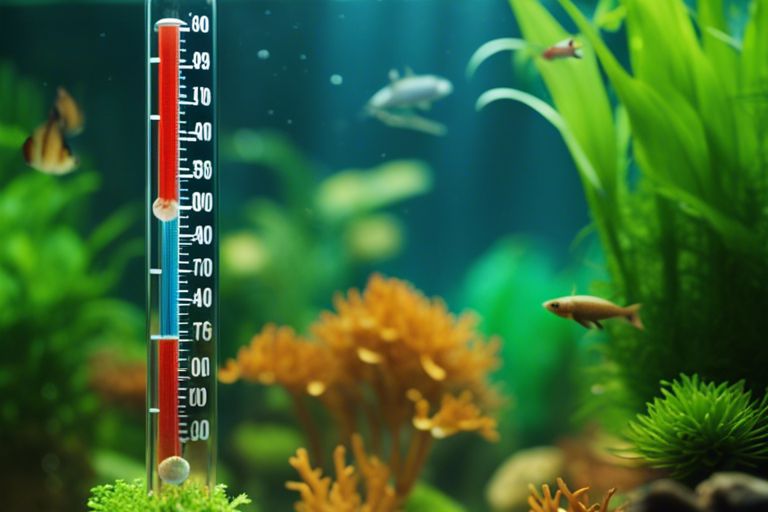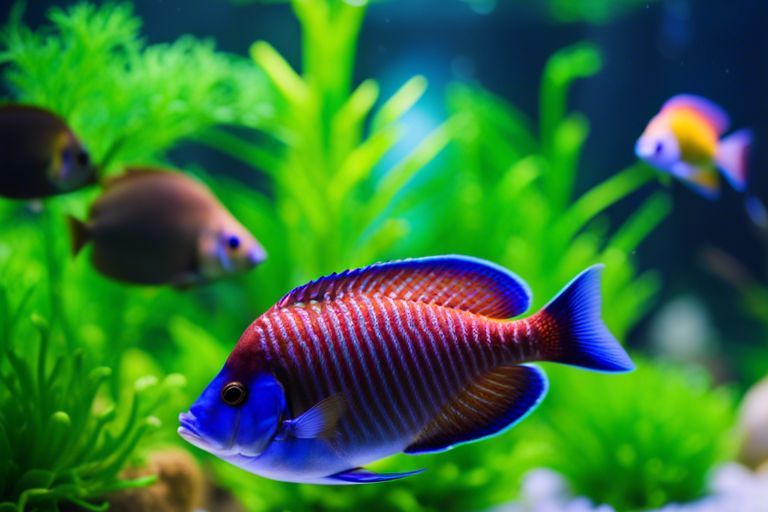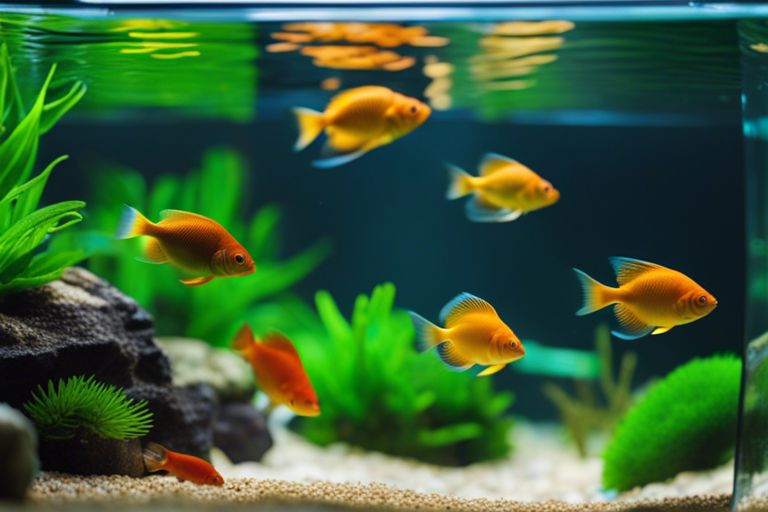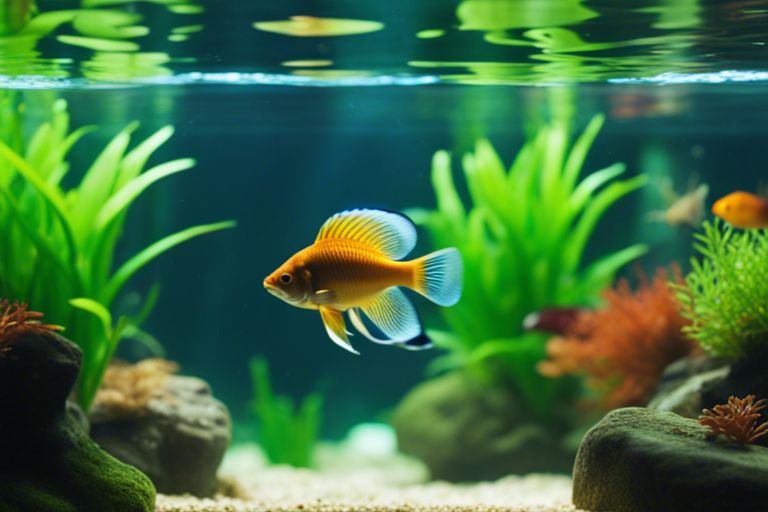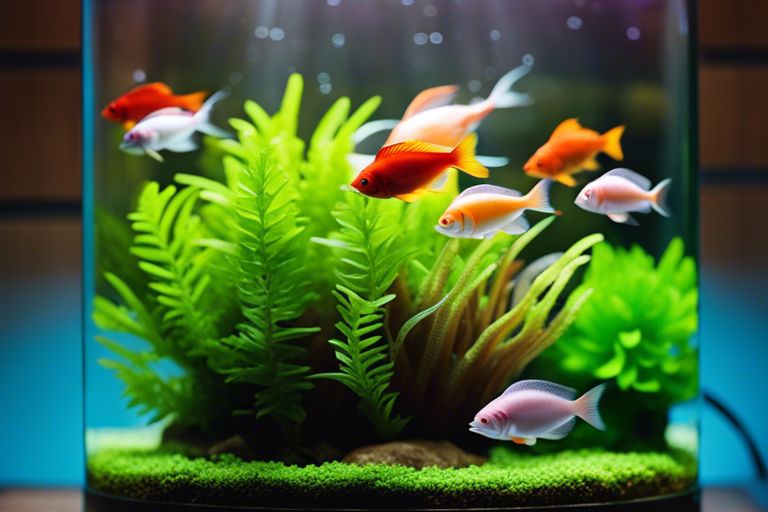The temperature of water plays a crucial role in ensuring its quality and overall health. Fluctuations in temperature can impact various aspects of water, including dissolved oxygen levels, microbial activity, and overall ecosystem balance. Understanding the influence of temperature on water quality is vital for maintaining the health of aquatic environments and ensuring safe drinking water for communities. In this blog post, we will explore the importance of temperature in maintaining water quality and the factors to consider in water temperature management.
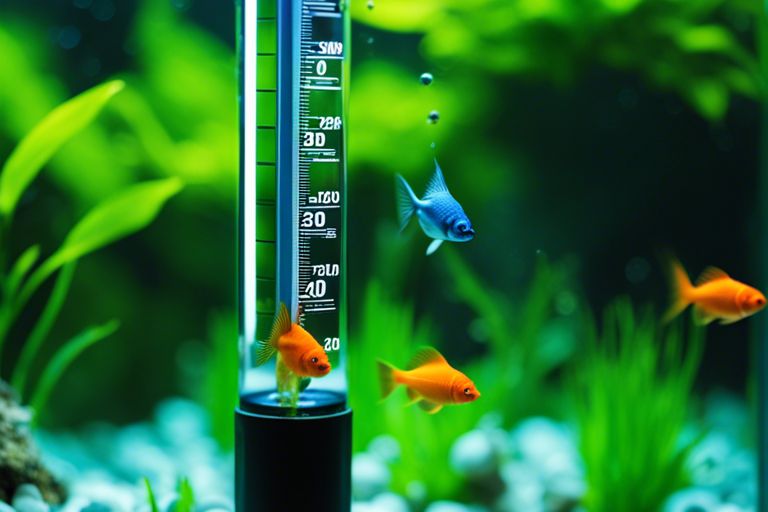
Fundamentals of Water Quality
Physical, Chemical, and Biological Parameters
With the aim of assessing and maintaining water quality, it is vital to understand the physical, chemical, and biological parameters that play a crucial role in determining the overall health of water bodies. Physical parameters include temperature, turbidity, and pH levels, which can impact aquatic life and the overall ecosystem. Chemical parameters such as dissolved oxygen, nutrients, and pollutants like heavy metals are key indicators of water quality, affecting both human health and ecosystem balance. Biological parameters such as the presence of bacteria and other microorganisms indicate the health and purity of water sources.
Monitoring Water Quality: Methods and Standards
With advancements in technology and scientific research, monitoring water quality has become more efficient and accurate through various methods and standards. These include lab testing, on-site monitoring, remote sensing, and the use of specialized equipment to measure different parameters. Standard protocols and guidelines set by regulatory bodies and organizations help ensure uniformity and reliability in monitoring practices, allowing for effective management and protection of water resources.
Water quality monitoring involves regular sampling and analysis of water samples from different sources, including rivers, lakes, groundwater, and tap water systems. By evaluating the levels of various parameters and comparing them to established standards, authorities can identify potential risks, track trends, and make informed decisions to prevent contamination and preserve water quality for current and future generations.
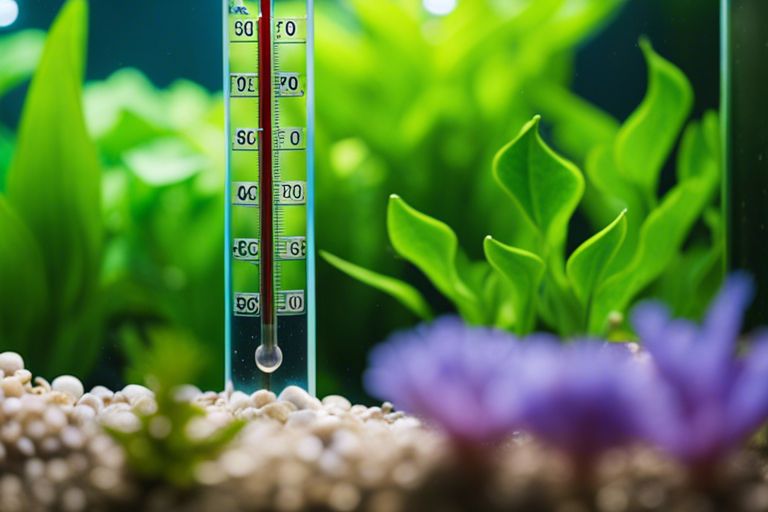
Temperature and Its Effects on Water Quality
Physical Changes in Water Properties
| Properties | Effects |
| Temperature | Impacts the density, viscosity, and solubility of water |
With changing temperatures, water properties also undergo transformations. Temperature influences the density, viscosity, and solubility of water. Variations in temperature can alter the way water moves, dissolves substances, and interacts with its surroundings. These physical changes play a crucial role in determining the overall water quality.
Chemical Reactions Facilitated by Temperature
| Reactions | Effects |
| Chemical Reactions | Speeds up or slows down chemical reactions in water |
Temperature serves as a catalyst for various chemical reactions occurring in water. It can either accelerate or decelerate these reactions, influencing the equilibrium of compounds dissolved in the water. Understanding the role of temperature in facilitating chemical reactions is necessary for managing water quality and ensuring environmental sustainability.
Ecosystem Impacts and Temperature Regulations
Temperature’s Role in Aquatic Ecosystems
| Effects of Temperature | Regulation Strategies |
| One of the key factors in maintaining water quality is the temperature of the water. Temperature affects the metabolism of aquatic organisms, such as fish and algae, as well as the solubility of oxygen in water. Fluctuations in temperature can disrupt the balance of an ecosystem, leading to decreased biodiversity and overall health. | Regulating the temperature of water bodies can be achieved through natural or artificial means. Planting trees along riverbanks can provide shade and help maintain cooler water temperatures. Additionally, controlling the release of heated water from industrial processes can prevent thermal pollution and its harmful effects on aquatic life. |
Legal Framework and Temperature Control Measures
| Laws and Regulations | Control Measures |
| With the recognition of the importance of water temperature in maintaining ecosystem health, various laws and regulations have been implemented to protect water bodies from temperature pollution. These laws set standards for water temperature and regulate activities that may lead to temperature fluctuations. | This includes monitoring and controlling discharges from industrial facilities, power plants, and other sources that can contribute to thermal pollution. By enforcing these regulations, authorities aim to safeguard aquatic habitats and ensure the sustainability of aquatic ecosystems. |
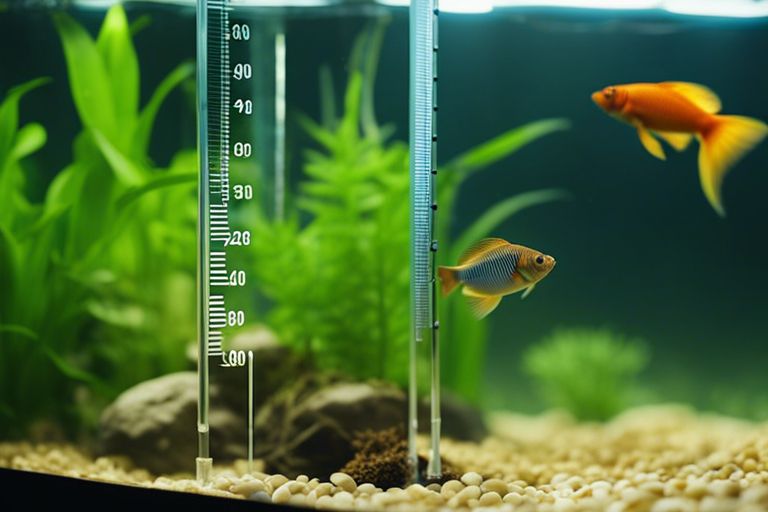
Temperature Management Strategies
After discussing the importance of temperature in maintaining water quality, implementing effective temperature management strategies is crucial for ensuring a healthy aquatic ecosystem. These strategies generally fall into two categories: technological solutions and best practices for communities and industries.
Technological Solutions for Temperature Modulation
Strategies
| Technological Solution | Description |
| Thermal Stratification | This method involves creating layers of water with different temperatures to regulate overall water temperature. |
| Water Chilling Systems | These systems use mechanical refrigeration to lower water temperature, especially in aquaculture settings. |
Best Practices for Communities and Industries
Strategies
| Practice | Description |
| Riparian Buffer Zones | Planting vegetation along water bodies can provide shade and help regulate water temperature. |
| Reducing Runoff | Implementing stormwater management practices to reduce hot runoff entering water bodies can help maintain cooler water temperatures. |
Understanding the critical role of temperature in water quality is important for implementing effective management strategies. By utilizing a combination of technological solutions and best practices, communities and industries can work towards maintaining healthy water temperatures and promoting a thriving aquatic environment.
Final Words
To wrap up, temperature plays a crucial role in maintaining water quality as it directly impacts the health of aquatic ecosystems and the organisms within them. Temperature influences the solubility of gases, the metabolic rates of organisms, and the balance of various chemical reactions in the water. By understanding the effects of temperature on water quality, we can better manage and protect our freshwater resources for the benefit of both humans and the environment. Monitoring and controlling temperature levels in bodies of water is necessary for ensuring that ecosystems remain healthy and sustainable in the face of changing environmental conditions.
FAQ
Q: Why is temperature crucial for maintaining water quality?
A: Temperature plays a significant role in water quality because it impacts the solubility of gases, biological activities, and overall ecosystem balance.
Q: What is the ideal temperature range for most aquatic ecosystems?
A: The optimal temperature range for most aquatic ecosystems is between 10°C to 25°C, but this can vary depending on the specific ecosystem and species present.
Q: How does temperature affect the level of dissolved oxygen in water?
A: Temperature inversely affects the level of dissolved oxygen in water; as temperature increases, the solubility of oxygen decreases, which can lead to oxygen depletion in the water.
Q: How does temperature impact aquatic organisms?
A: Temperature influences the metabolic rates, growth, reproduction, and overall health of aquatic organisms. Sudden temperature changes can stress or even kill sensitive species.
Q: What are the consequences of water temperature exceeding the optimal range?
A: When water temperature exceeds the optimal range, it can lead to increased growth of harmful algae, reduced oxygen levels, and even fish kills in extreme cases.
Q: How can human activities affect water temperature and overall water quality?
A: Human activities such as urbanization, deforestation, and industrial discharges can raise water temperatures through increased runoff, alterations in riparian zones, and thermal pollution, which can harm aquatic ecosystems.
Q: What are some strategies to mitigate the impact of temperature on water quality?
A: Implementing riparian buffers, reducing impervious surfaces, managing land use practices, and controlling industrial discharges are effective strategies to help maintain water temperature within safe limits and preserve water quality.
